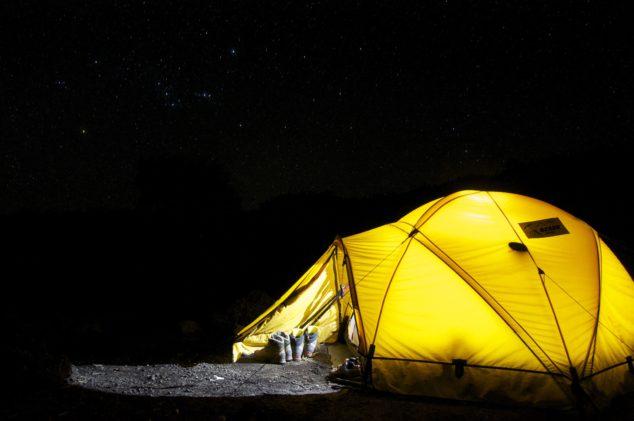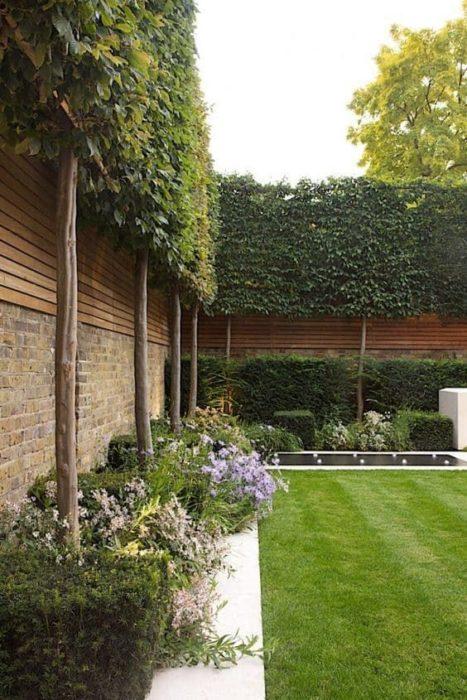What most adults are sure about it is this: on any given day we’re pretty busy. What you may be less sure is just how green your thumb is. You like houseplants, they add beauty and living greenery to any home or apartment. But busy you doesn’t want to neglect them, and you surely don’t want to kill them.
The solution? Extremely hardy plants. Now, you’re not only busy, perhaps you’re also new to indoor gardening. First, speak to the people at your local nursery. There is a great diversity of lovely, low-maintenance houseplants they can show you that will thrive even if you are not an expert gardener. Let’s start with 6 options for beginners and busy folk alike.
A to Z: from Arrowheads to ZZ Plants
Arrowhead Plants.
The Arrowhead (sometimes called the Arrowhead vine or American Evergreen) may be grown outdoors but is more typically an indoor plant. Indoors, it thrives in medium light. These resilient houseplants are noticeable for their bold, arrow-shaped green leaves that are sometimes tinged with silver or pink. As the plant ages, it will begin to vine. So many people like to grow the arrowhead plant in a hanging basket, giving it room to thrive. Some prefer to place it on a small trellis.
Plant experts, like the people at popular Hicks Nurseries on New York’s Long Island, reassure customers that arrowhead plant care is quite easy. Watering is modest, and the plant should be allowed to dry out between waterings. Conveniently, it prefers temperatures we humans tend to prefer — between 60 and 75 F (16 and 24 C.). But the Arrowhead is hardy enough tolerate an even wider temperature range, if necessary. To learn more see: https://hicksnurseries.com/houseplants/hard-to-kill-houseplants-for-your-home/
Bromeliads. Lush and tropical in appearance, Bromeliads have sword-shaped leaves, and produce flowers that vary widely in bold colors, depending on the variety of plant. Its unique appearance might indicate a high maintenance houseplant, but the opposite is true. Bromeliads are easy to care for, requiring no special attention.
Watering a bromeliad is easiest of all. Its wide, pointed leaves grow around a built-in basin or “cup.” This cup catches and retains water for the plant. So its watering needs are most easily met by filling this natural cup at the base of the leaves. Also, don’t think your new-found green thumb has turned black if your bromeliad starts to die in a year or two. They are not long-lived and tend to die after flowering. However, as they cease to grow they tend to produce offsets that you can replant to start a brand new growth cycle!
Cactus & Succulents. Once you start growing cacti it is easy to get hooked on their variety of fascinating forms, and resilience. These desert plants tend to require the least amount of water; rather than frequent watering they require well-drained soil instead. A number of cacti will flower after a time, and their flowers can be surprisingly beautiful.
Light is the key. Cacti and succulents thrive in good sources of light, so it’s best to place them in a bright place, usually close to a south-facing window. However, it is better to keep them from constant, direct sunlight, as intense light can make the plant start to yellow. The right
amount of light depends on the variety of cactus or succulent you acquire, so check in with the experts at your nursery or gardening center about the specific care of the plants your purchase.
Cast Iron Plant. As the name implies, Cast Iron plants are very tough. Among the most enduring of plants, they can handle more neglect than almost any other houseplant. Unlike cacti and many other houseplants, they tend to prefer a north-facing window. They even do well enough with artificial indoor light. Just keep the soil they are planted in well-drained.
This ultra-sturdy plant’s arching, lance-shaped leaves can reach a size of about 2 feet long. Indoors, the leaves tend to be deep green and glossy, but it does not blossom. Come spring, some Cast Iron plant fans like to replant it outdoors, where it sometimes produces purple and cream flowers at its base, showing off a colorful beauty that rarely appears indoors.
Snake Plant. Another virtually indestructible houseplant, this plant is one of the easiest to care for. It is, as nursery workers and experienced gardeners call it, a very tolerant plant. Simply put your snake plant in indirect sunlight, and don’t water them too much, especially come winter. Let them dry out between waterings.
While not generally advised, most snake plants (there are around 70 varieties) can be neglected for weeks at a time. So go away for a nice vacation, lower your lights, and they’ll be fine. Their fine strappy leaves will still look fresh upon your return. In the wild they are champions at surviving droughts. As a houseplant, they can provide some unique benefits. NASA research indicates that snake plants have a special filtering quality, keeping the air inside your home cleaner, even removing strong toxins such as benzene and formaldehyde! And once you become a snake plant fan, growing additional ones from cuttings is fairly easy to do.
ZZ Plant. Another candidate in hardy, tolerant, and easy to care for is the increasingly popular ZZ plant. It has rows of wide, waxy, dark green leaves on firm, fleshy stalks. ZZ plants also thrive in low-light conditions, and with intermittent watering. Zamioculcas zamifolia has been sold and circulated for decades; originating in drought-prone Africa. Dutch nurseries in South Africa saw the plant’s office and household potential, and so started distributing it around the world in the mid-1990s.
Like the snake plant, it too is an air purifier. Studies show it removes large amounts of xylene, toluene and benzene from the air, things we are all happy to have less of us in our indoor space. But this popular, hardy plant known for brightening up a room has one drawback. All parts of the plant are mildly poisonous. So pets and children should not be allowed to nibble on it or handle it. For adults, if you touch your plant, simply wash your hands afterwards. It will not kill you, and any skin irritation can be avoided with simple soap, water and scrubbing.
To find out about other hard to kill, easy to care for plants; general planting and plant care tips; or to learn more about the plants you already love – and those you may know little about – visit the informative website of the long-established and knowledgeable Hicks Nursery: https://hicksnurseries.com








